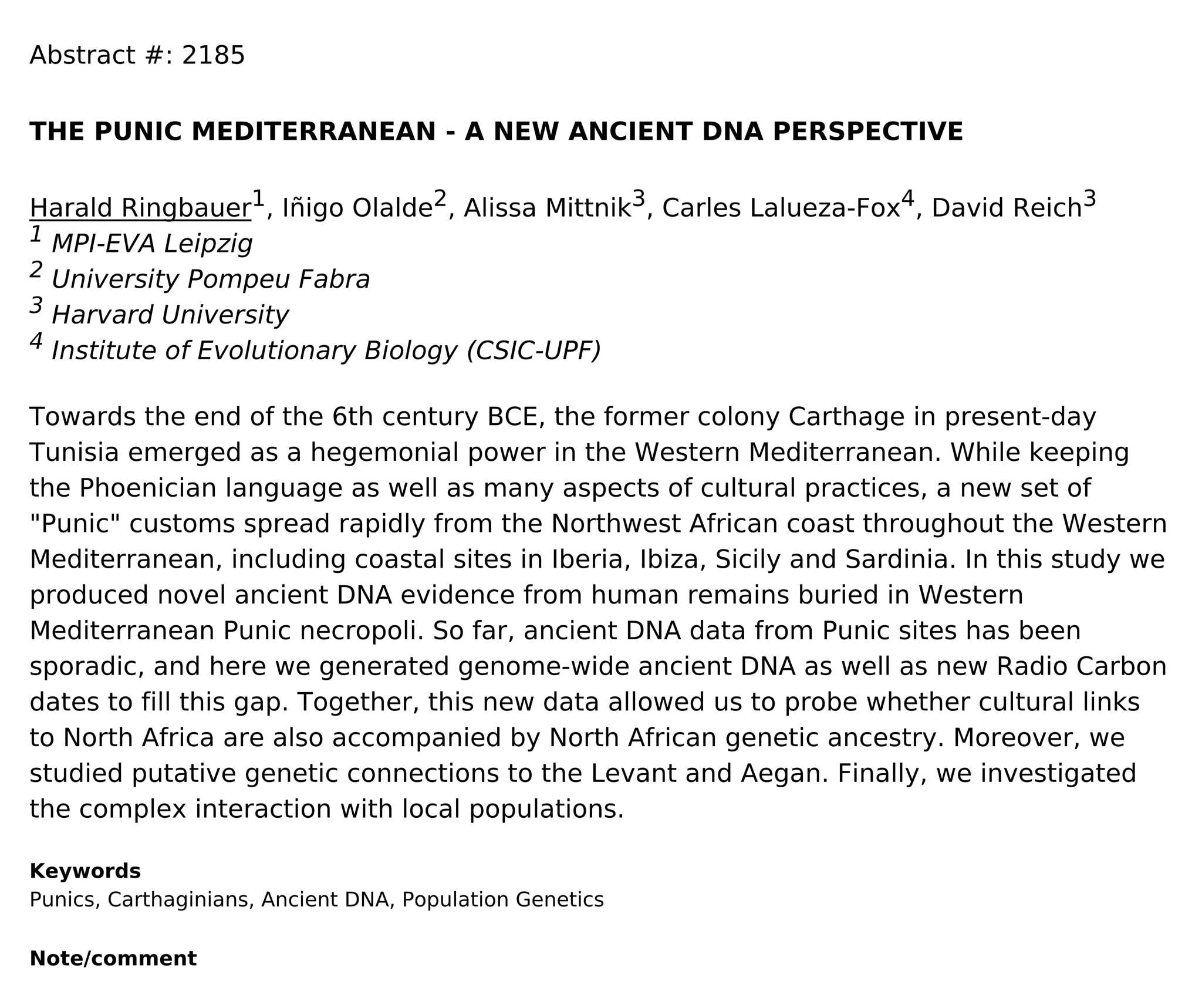Palermo Trapani
Regular Member
- Messages
- 1,651
- Reaction score
- 917
- Points
- 113
- Ethnic group
- Italian-Sicily-South
- Y-DNA haplogroup
- I2-M223>I-Y5362
- mtDNA haplogroup
- H2A3
Franceso: Here are the distances (Dodecad 12B) < 10 for the Sicani and Sicilian Bell Beaker I4930 (coordinates estimated from GEDMATCH Kit). So considering the Sicilian Beaker is 1600 years or more older than the Sicani sample, reasonable distances in my view. The other Sicani have distances > 10 to about 13.
| Distance to: | Reitsema_etal_2022_I13394_IA_Sicily_Polizzello_Sicani_Med |
|---|---|
| 10.07608555 | Olade_etal_2018:I4930_Bronze_Age_Beaker_Sicily |
| Distance to: | Reitsema_etal_2022_I13386_IA_Sicily_Polizzello_Sicani_Med |
|---|---|
| 8.79703927 | Olade_etal_2018:I4930_Bronze_Age_Beaker_Sicily |
| Distance to: | Reitsema_etal_2022_I13385_IA_Sicily_Polizzello_Sicani_Med |
|---|---|
| 8.56148936 | Olade_etal_2018:I4930_Bronze_Age_Beaker_Sicily |
| Distance to: | Reitsema_etal_2022_I13384_IA_SicilyPolizzello_Sicani_Med |
|---|---|
| 9.10696437 | Olade_etal_2018:I4930_Bronze_Age_Beaker_Sicily |
| Distance to: | Reitsema_etal_2022_I13383_IA_Sicily_Polizzello_Sicani_Med |
|---|---|
| 9.43329741 | Olade_etal_2018:I4930_Bronze_Age_Beaker_Sicily |
| Distance to: | Reitsema_etal_2022_I13378_IA_Sicily_Polizzello_Sicani_Med |
|---|---|
| 9.19333454 | Olade_etal_2018:I4930_Bronze_Age_Beaker_Sicily |
| Distance to: | Reitsema_etal_2022_I13377_IA_Sicily_Polizzello_Sicani_Med |
|---|---|
| 7.87553173 | Olade_etal_2018:I4930_Bronze_Age_Beaker_Sicily |
| Distance to: | Reitsema_etal_2022_I13125_IA_Sicily_Baucina_MtFalcone_Sicani_Med |
|---|---|
| 6.90797365 | Olade_etal_2018:I4930_Bronze_Age_Beaker_Sicily |





